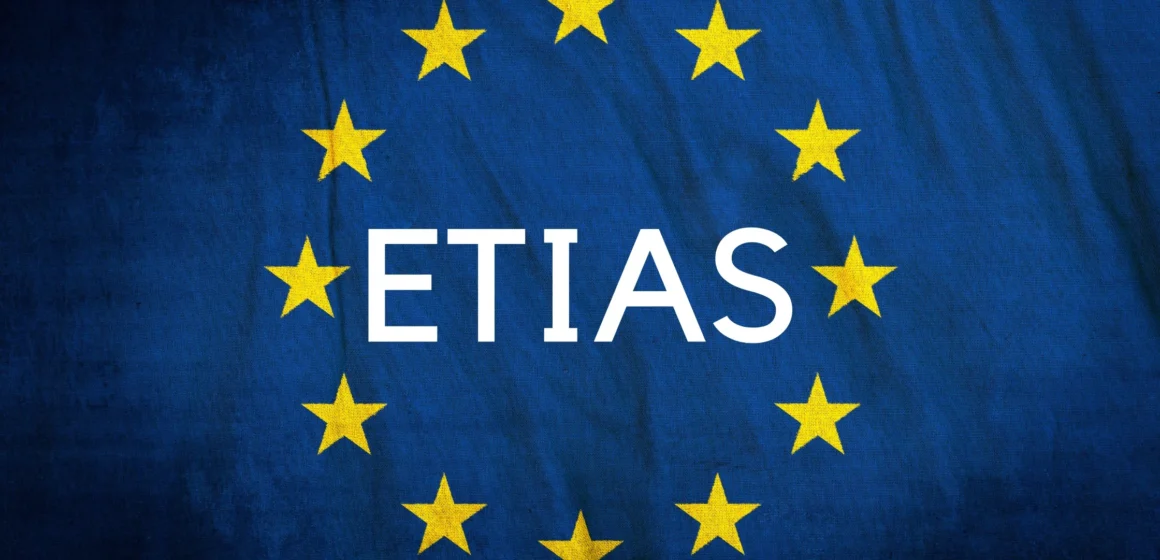Introduction
Europe has announced a new wave of border control measurement, designed to improve security, streamline entry procedures and convert outdated systems to a more digital form. But the most significant of all these changes will be the long-anticipated European Travel Information and Authorisation system (ETIAS), which is set to launch in late 2026.
We all love to travel, it’s a part of experiencing life after all. And you want the process to be simple, quick and efficient. Therefore, it’s important that you’re aware of such a major change, to make your journey that much easier. This article will cover upcoming shifts, who are affected and any preparations you may need to make.
But first off, what is ETIAS?
The European Travel Information and Authorisation system, is a digital pre-screening system for those travelling without a required visa into the Schengen Zone. Inspo was taken from the United States’ ESTA, and the overall aim is to enhance border security by identifying high-risk individuals before they travel.
This new system is set to become mandatory for citizens of around 60 visa-exempt countries. Some of these countries include the United States, the United Kingdom, Canada, Australia and Japan, for short-term visits to the 30 European countries that are part of the Schengen area. Additionally, several other associated states such as Cyprus and Bulgaria are included in this system too.
It has been announced that the system was launched in late 2026. Mandatory enforcement will follow shortly after by April 2027 and full compliance by October 2027.

Why has Europe decided to implement this system
The ETIAS is part of a broader EU strategy to modernize its borders. Additionally, this new system is set to strengthen internal security amid increasing cross-border threats, irregular patterns of migration, and support technological advancement by making out-dated systems digital.
The ETIAS will:
- Pre-screen travelers against multiple EU security databases (including Interpol, Europol and the Schengen Information system)
- Reduce waiting time and improve productivity at borders, by only allowing authorized travellers to board flights or cross into the EU
- Track overstays more effectively
Overall. The system will simplify the travel process for low-risk, compliant visitors, whilst identifying individuals who pose a threat to public health or security.
So what will you need to do when travelling
Once ETIAS goes live, eligible travels will be required to:
- Apply Online or via mobile app before travelling to Europe
- Provide personal information, including passport details, intended travel plans and answer a short security questionnaire
- Pay the application fee, which is set at 7 euros.
After your application is finished, it’s expected to be approved within minutes. In certain cases, however, where additional screening is required, processing takes up to 30 days.
Once approved , your authorization is valid for up to 3 years, or until the applicant’s passport expires. It really depends on whichever comes first.
It is vital that you get approval and authorization before boarding a flight, bus or ship bound for the Schengen Area. The last thing you want is to be turned down at the last minute, To avoid this ensure all things are in order before departure!
Who will be Affected by these new Rules
Furthermore, ETIAS will be mandatory for nationals of countries that currently do not require you to have a visa for short-stay trips. These includes travelers from:
- United States
- United Kingdom
- Canada
- Australia
- New Zealand
- Japan
- South Korea
- Etc…

Children under the age of 18 and adults over the age of 70 must still apply. However, they are exempt from paying the fee. Individuals travelling with EU or Schengen-resident family members may also qualify for exemptions under specific circumstances.
Furthermore, if you already require a visa to enter into the Schengen Zone (this includes citizens coming from India, China or mostly African nations), they are not affected by ETIAS. This is due to their visa application already includes similar background checks.
Conclusion
The introduction of ETIAS, which is set to launch in late 2026 is a major change. It’s additionally a big turning point in European travel policy that will bring new requirements to ensure that travelling is efficient, secure and largely automated.
By planning head, applying early, and staying informed, EITAS will be a manageable part of your next European gateway.
We still have another year until its official launch, so we are expected to get more information within the coming year.
Thank you for reading, click the link to read more of our Travel Articles
Inside Success presents to you our digital platform, created to inform, inspire and empower 16-35s. Through our articles, we aim to bring bold ideas, fresh voices and real conservations to life. From mental health advice, to career information, and fashion tips to social issue debates, Inside Success is proud to have created a platform that has something to cater to everyone.




Leave a Reply
You must be logged in to post a comment.